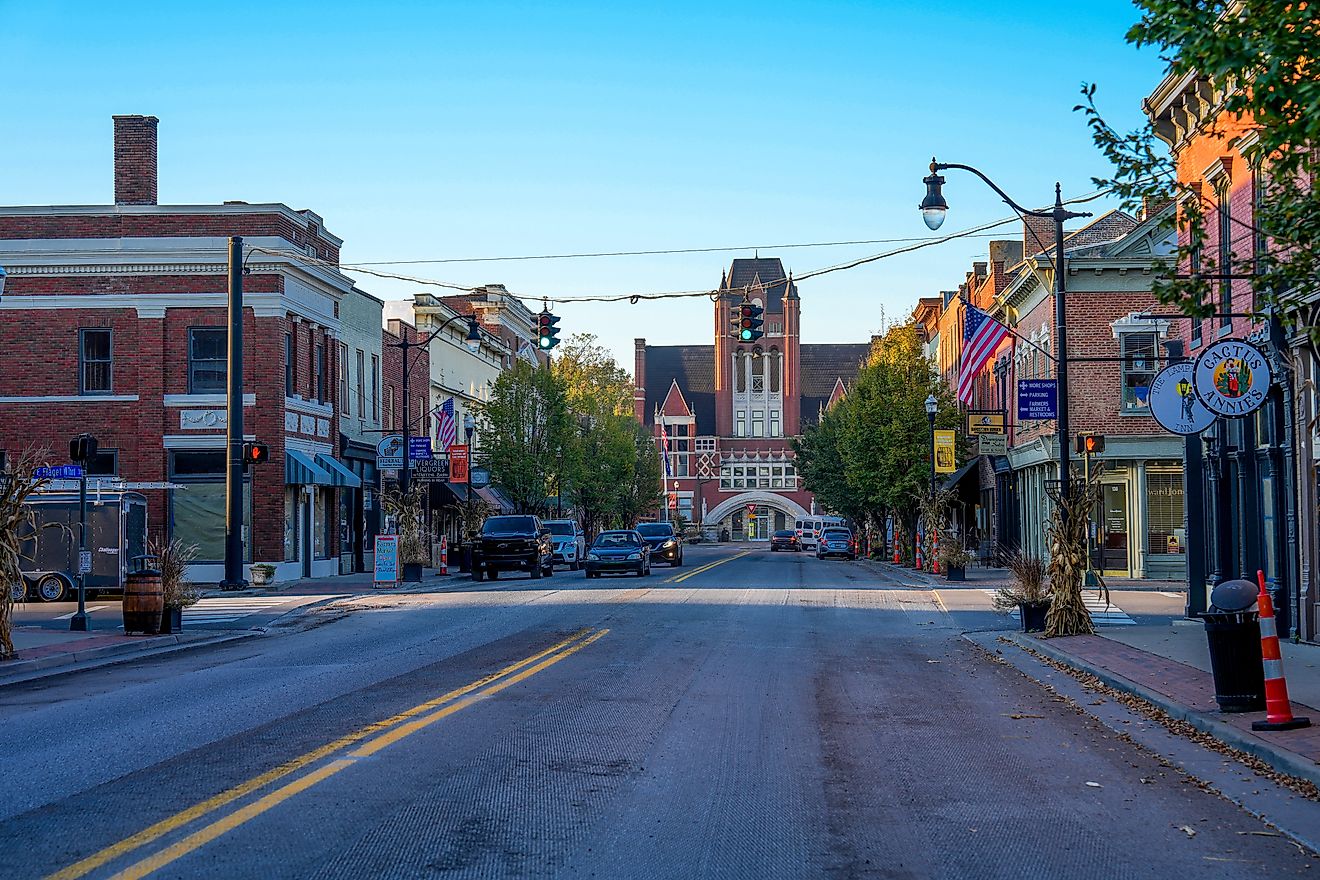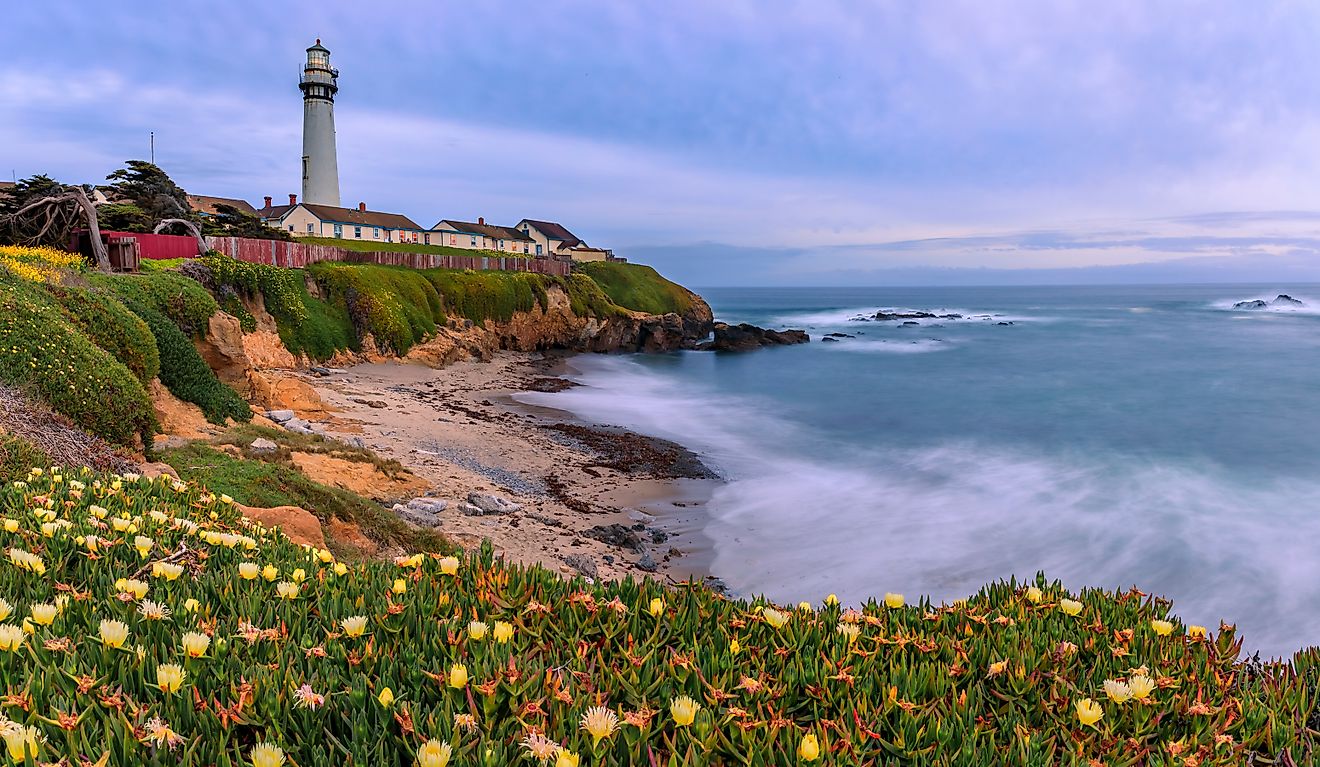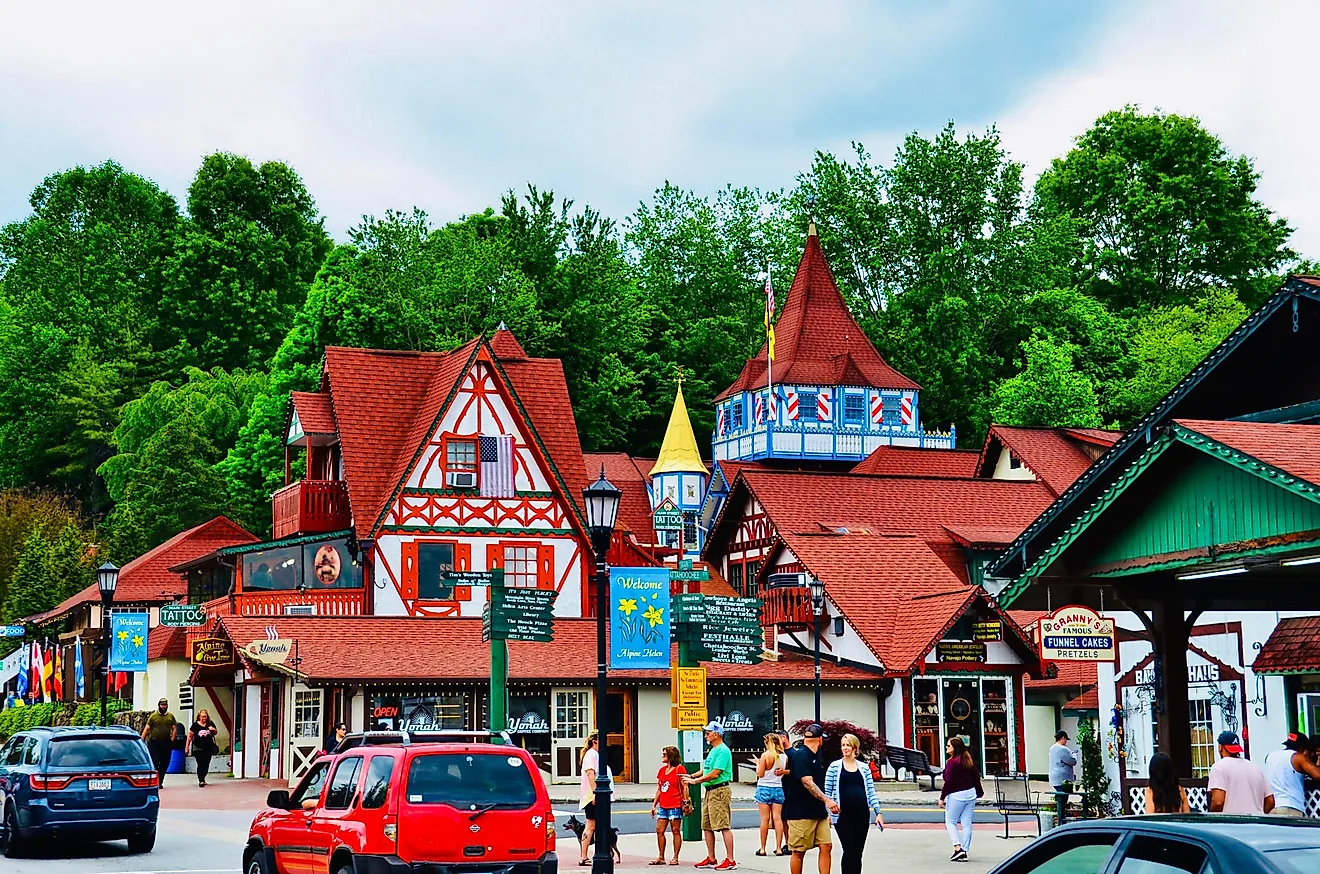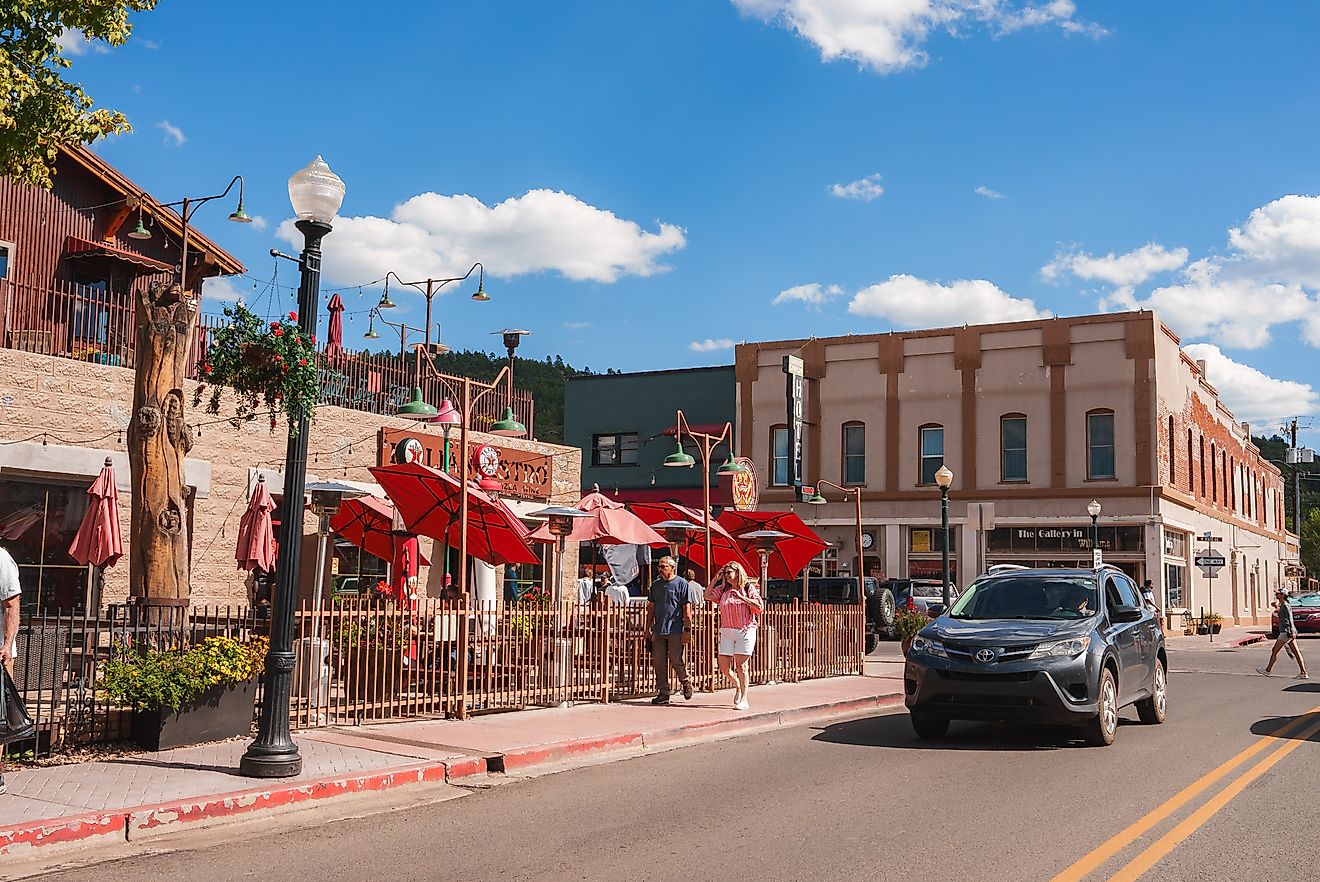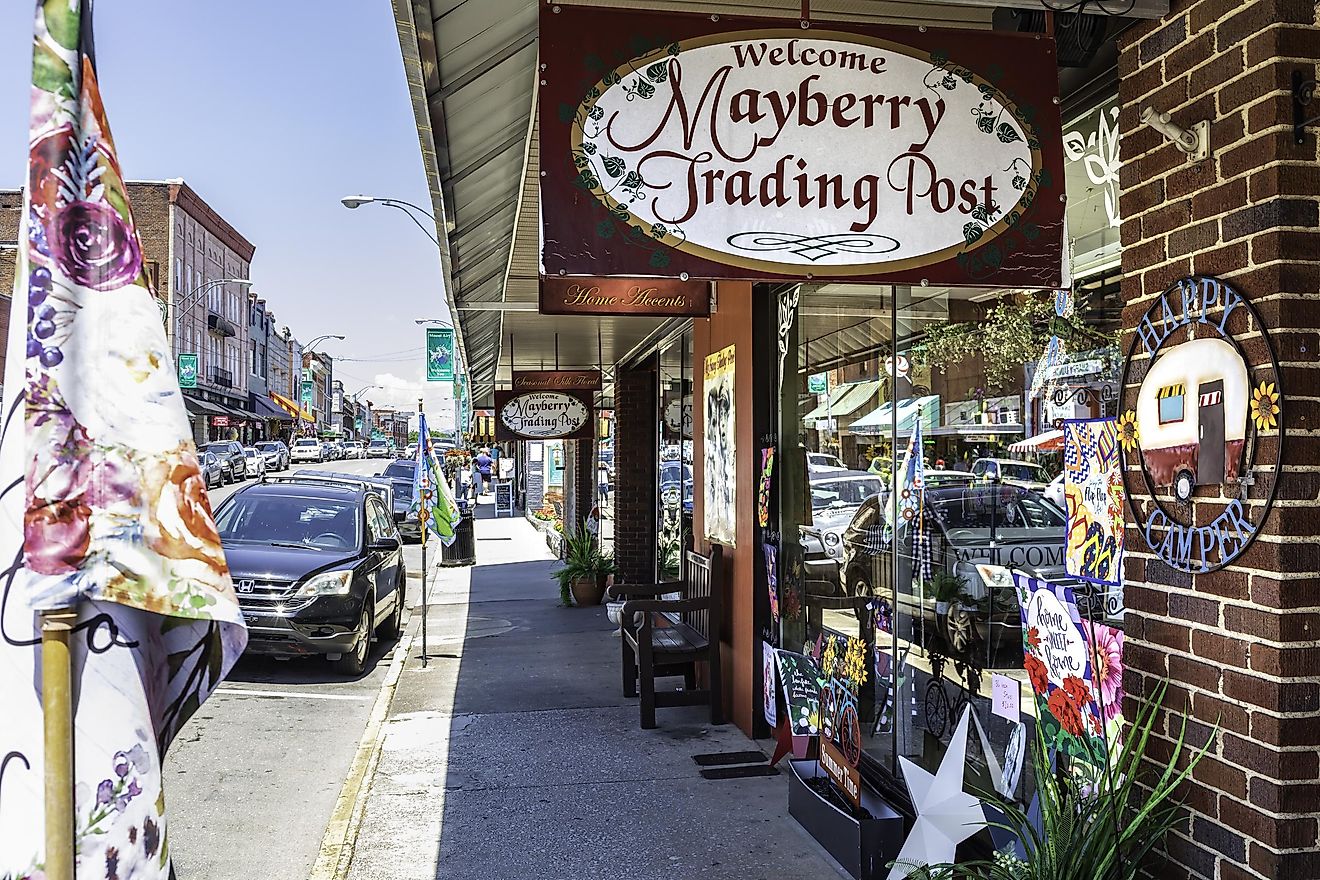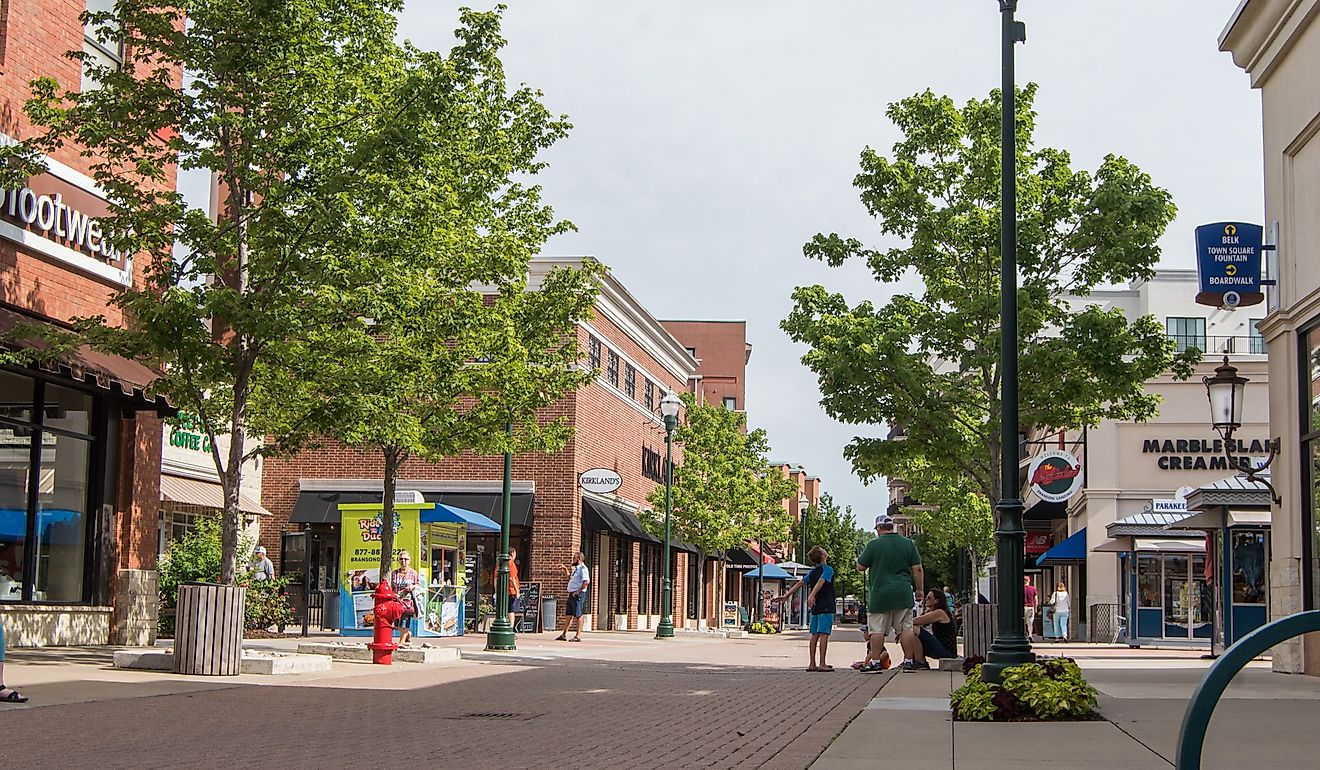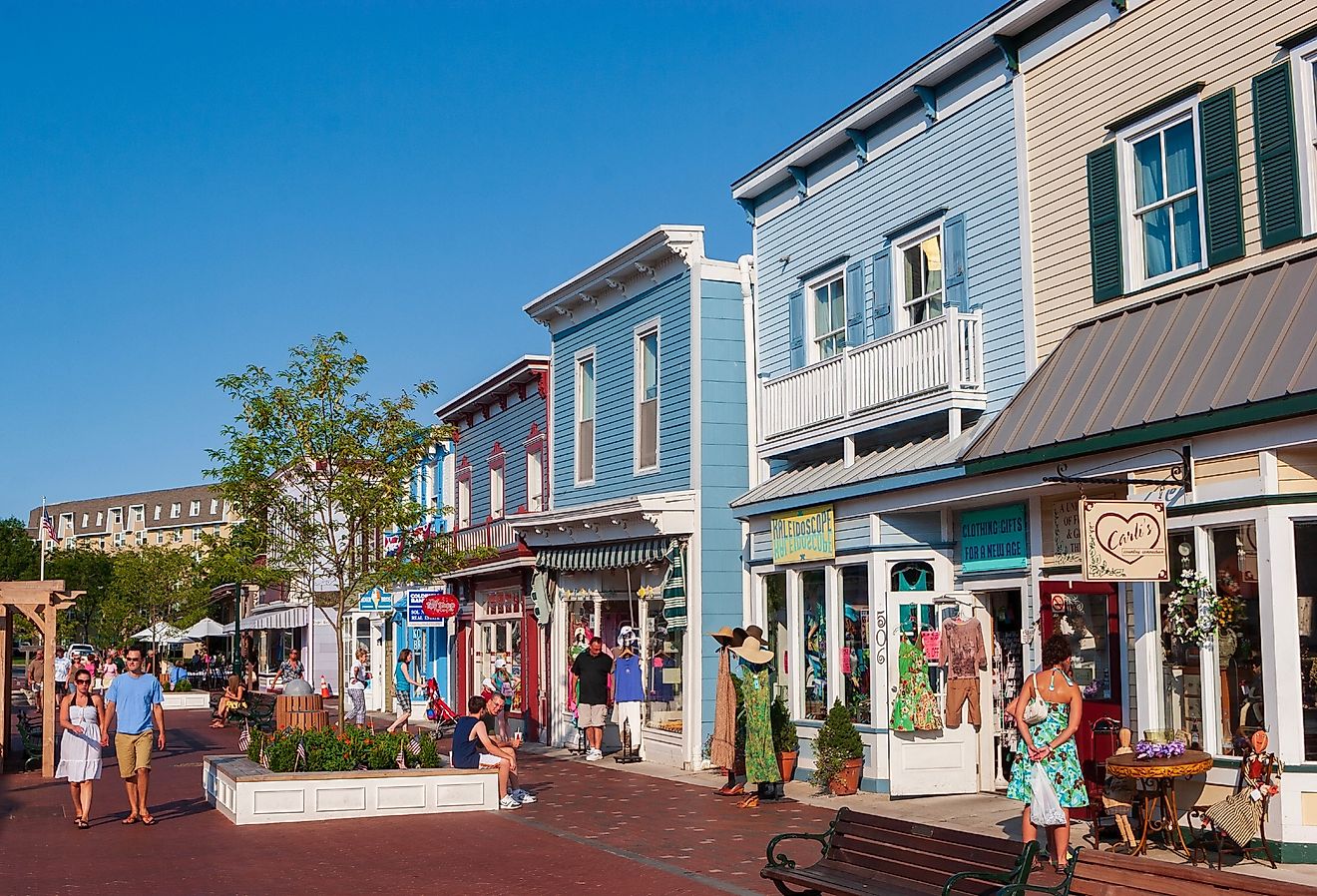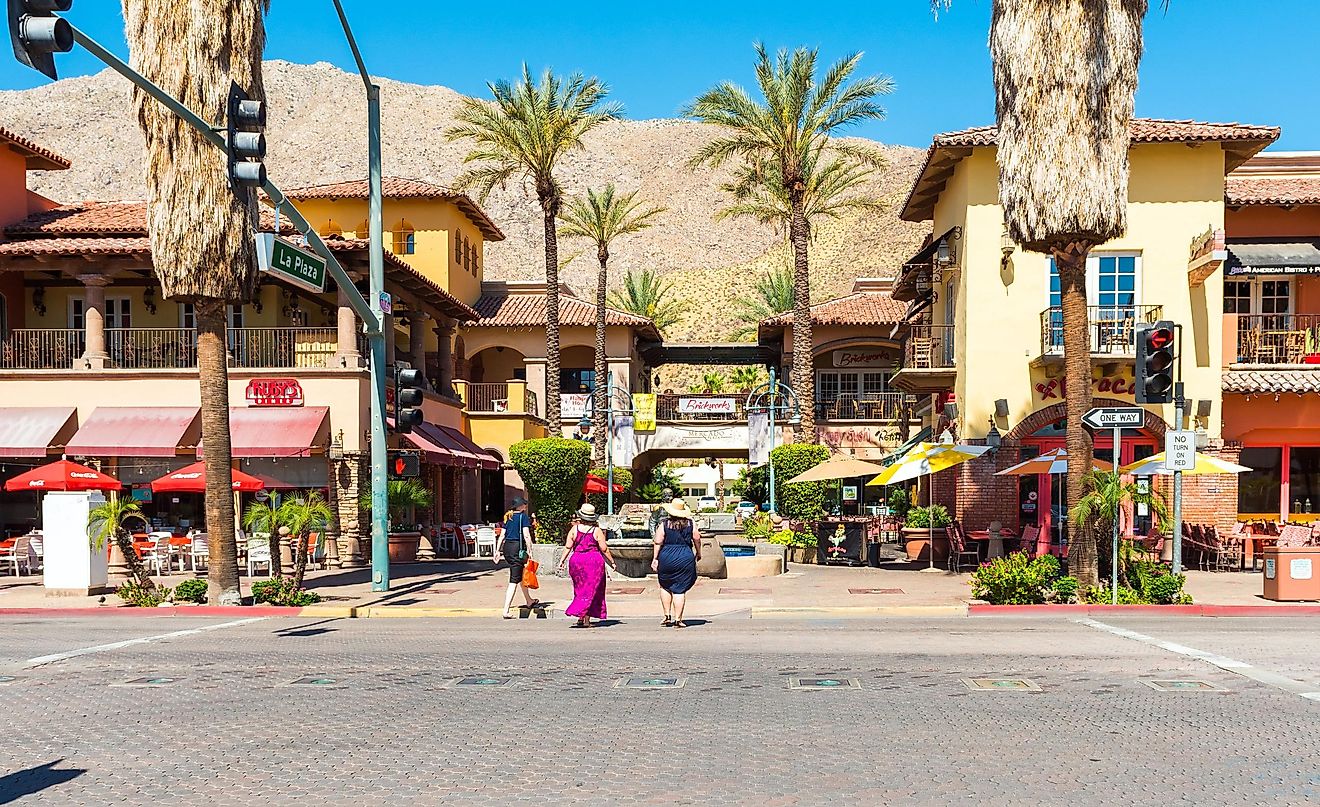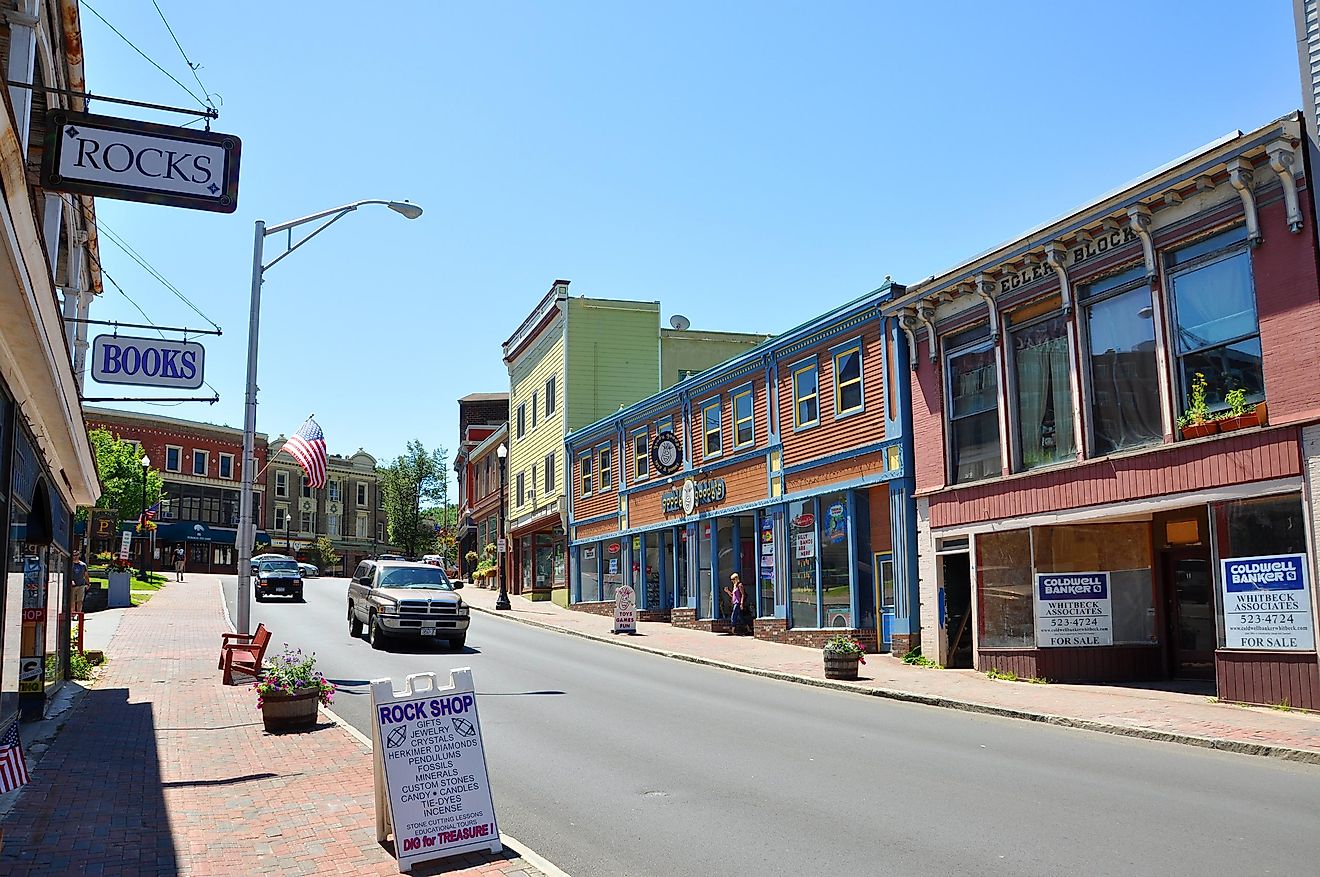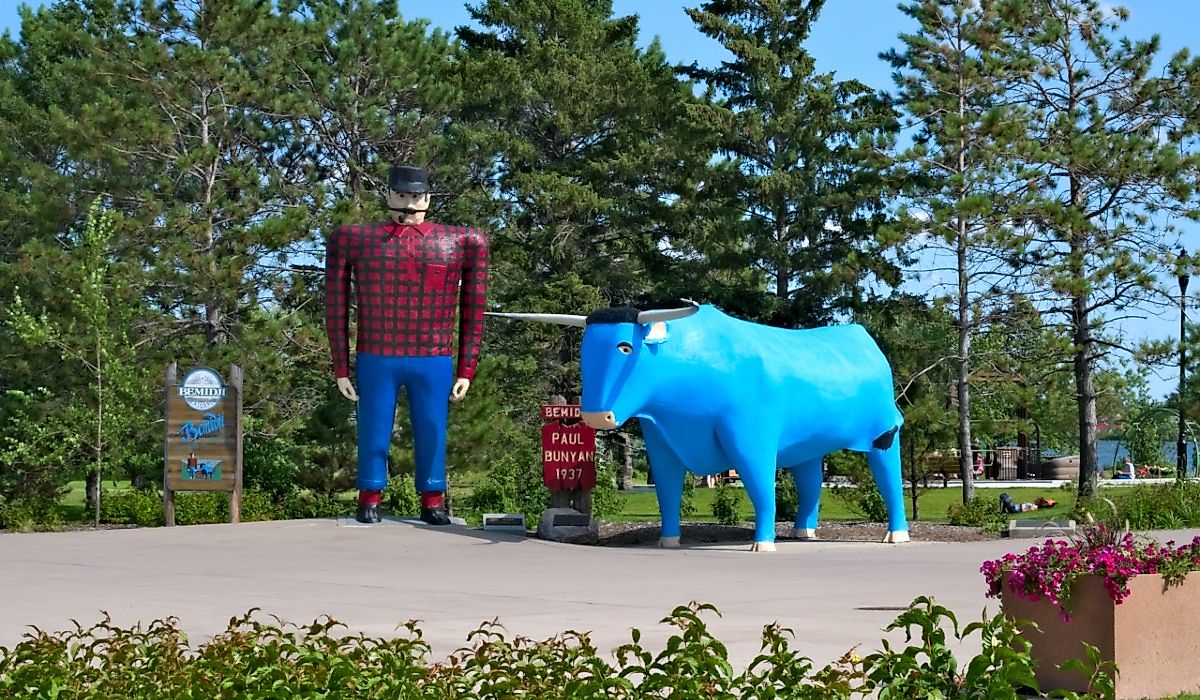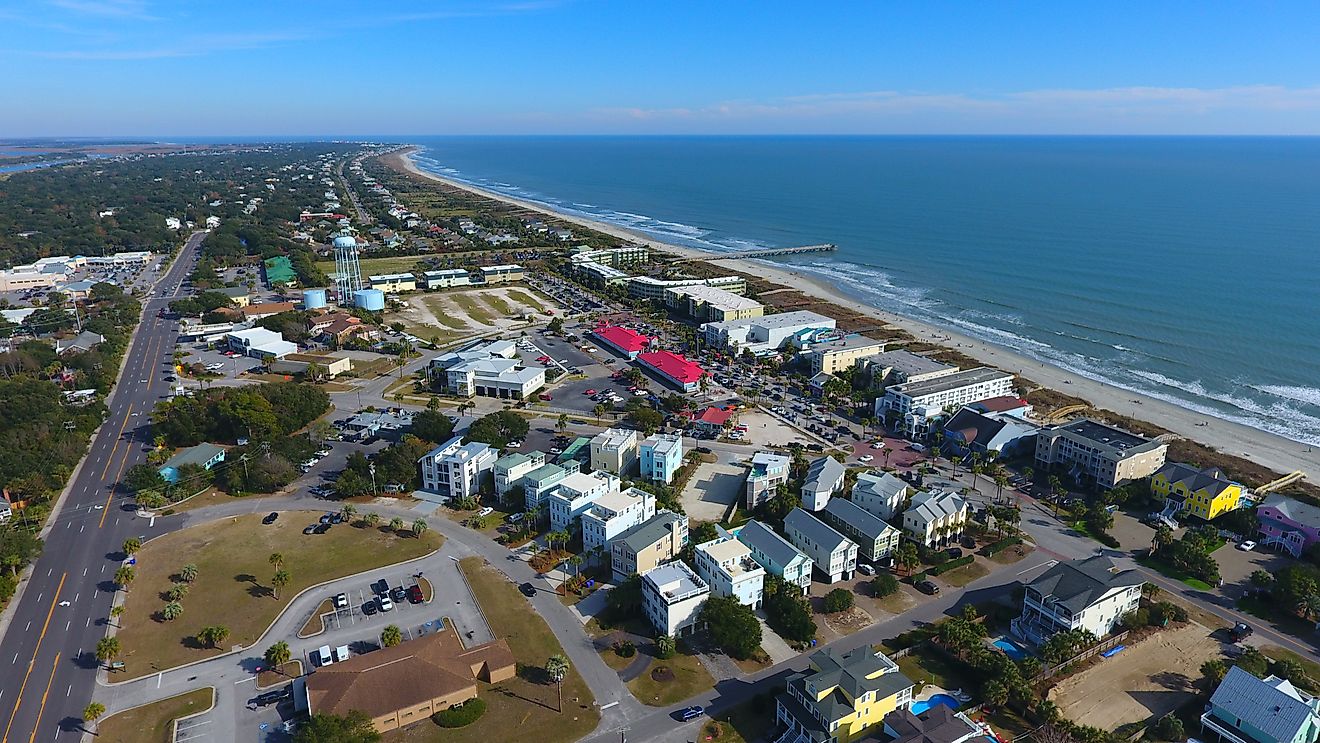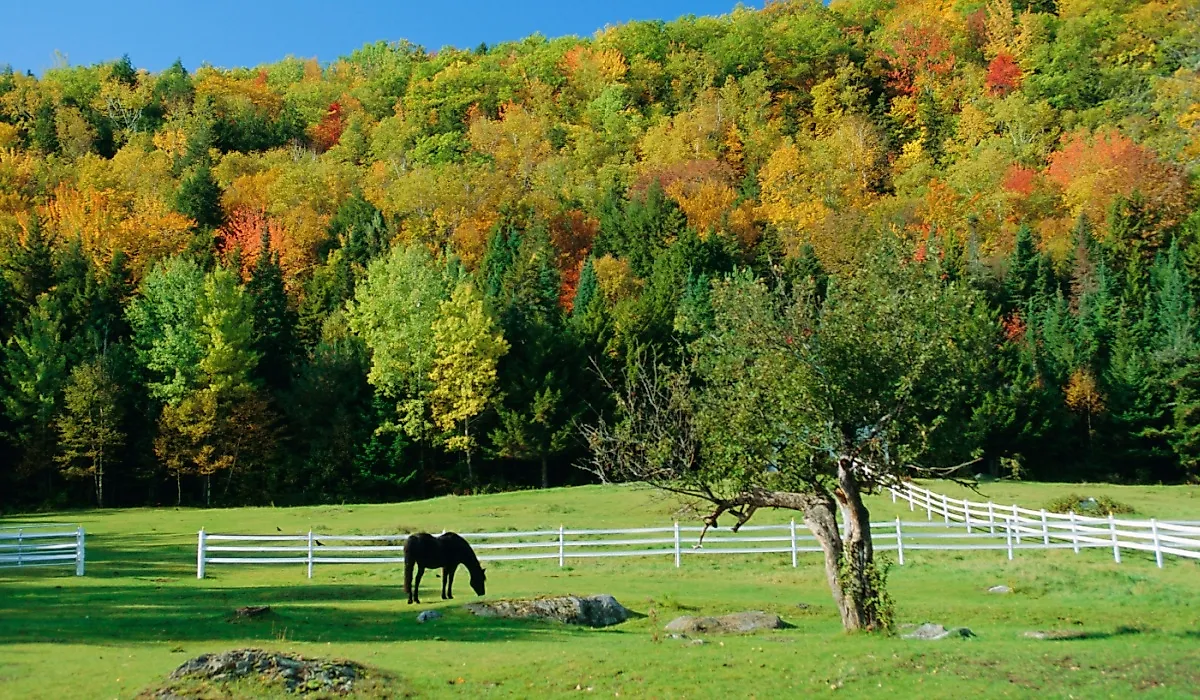
7 Most Scenic Small Towns In New Hampshire For Nature Lovers
Though one of the smallest states in America, New Hampshire contains some of the country’s most pleasing scenery. Home to an impressive 93 state‑managed parks, 750,852 acres of the magnificent White Mountain National Forest, and nearly 161 miles of the Appalachian Trail, this scenic corner of New England is a paradise for nature lovers.
Add to this list its attractive scenic byways, clear glacial lakes, and an abundance of native wildlife, and you’ve got pretty everything you could ever wish for without having to venture too far afield. Topping it all are the many scenic small towns that serve as jumping off points from which to explore New Hampshire’s natural bounty. Read on to find out more.
Franconia
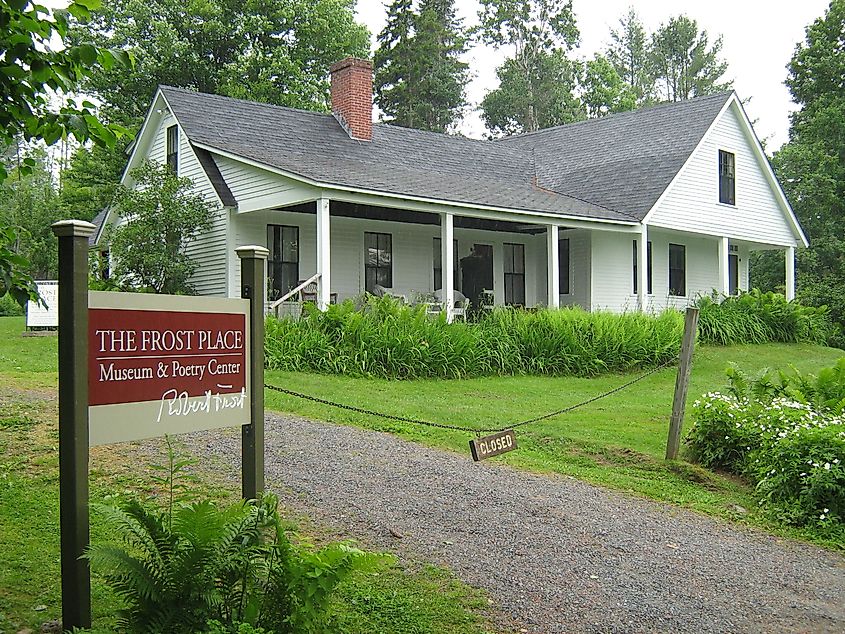
Located just a few miles northwest of Franconia Notch State Park, the town of Franconia offers easy access to the picturesque Flume Gorge loop. Famous for its wooden boardwalks that wind beneath dramatic 90‑foot granite walls covered in moss and ferns, this two-mile trek is worth every one of the 90 minutes it takes to complete the loop. The Appalachian Trail is also worth tackling and traverses the park en route to the 4,080-foot-tall Cannon Mountain with its views of the Kinsman Range and Pemigewasset Wilderness.
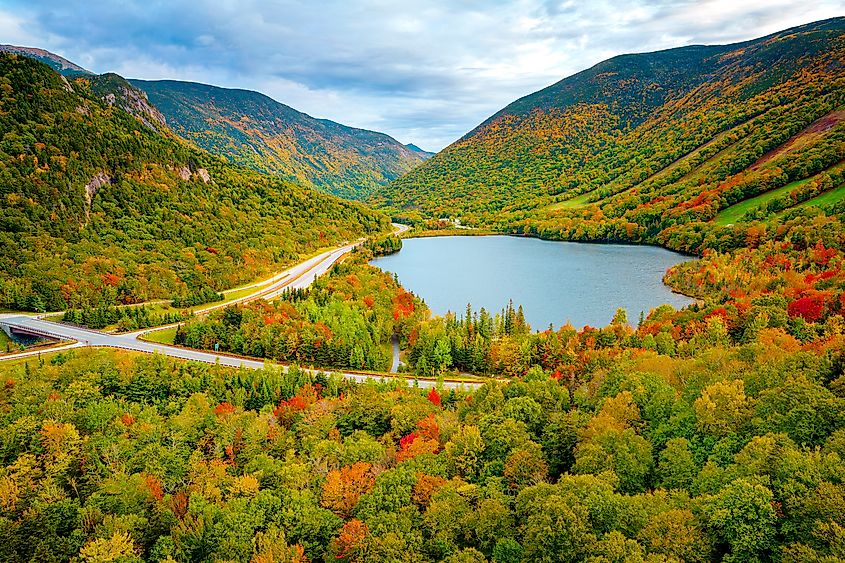
If you’re not into hiking, take the Cannon Mountain Aerial Tramway for a scenic ride to the summit. It’s an especially pleasant trip in spring and features an opportunity to see nesting peregrine falcons along the way. In June, nearby Sugar Hill’s Lupine Festival turns the meadows purple, attracting tourists and photographers to witness the blossoming of these attractive wildflowers.
Other scenic spots to visit include Artists Bluff and Bald Mountain, both requiring only short hikes to reach their lookout points. Echo Lake, a popular swimming and kayaking destination, is also worth exploring.
Jackson
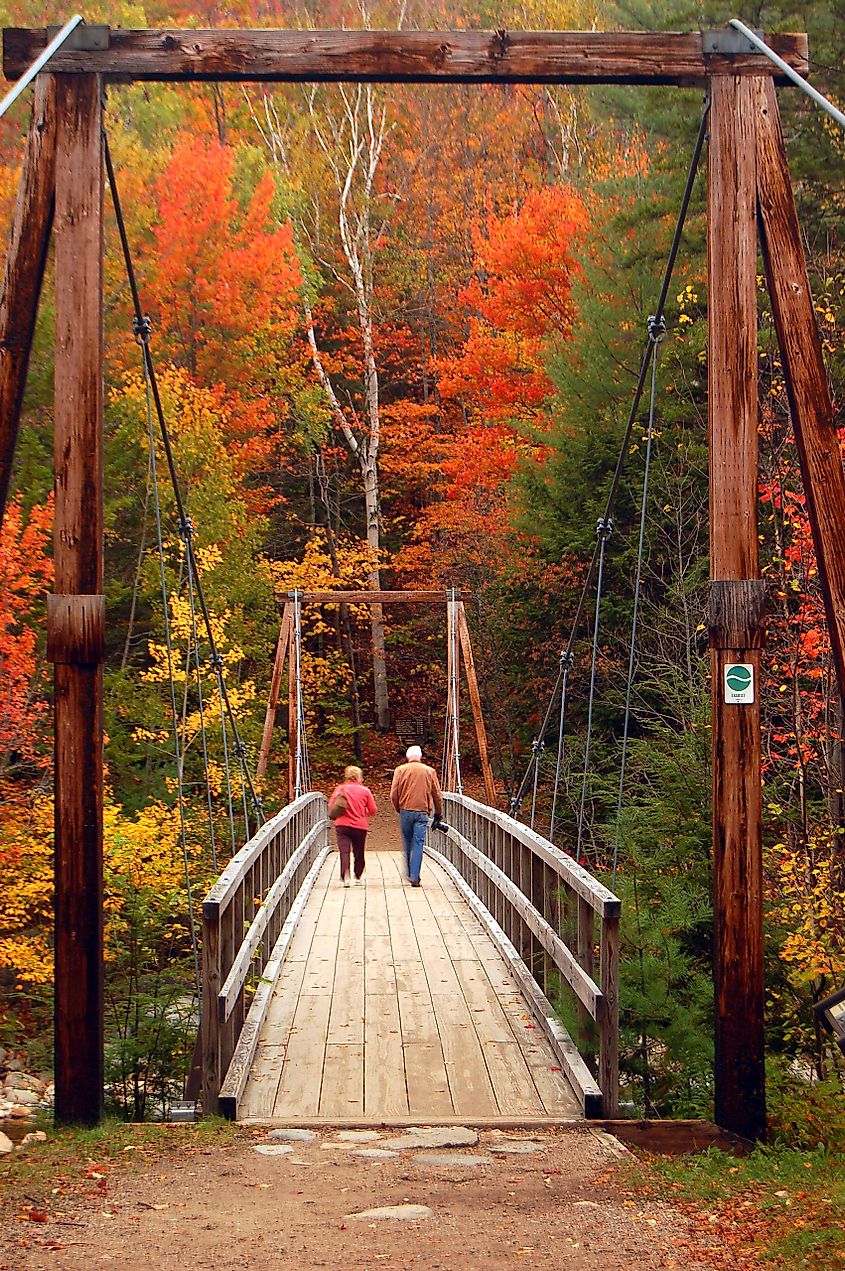
The small town of Jackson is set in the upper Ellis River watershed and is known for its fascinating glacial topography. The star attraction is spectacular Jackson Falls. Here, the Wildcat Brook gently falls 100 feet through a series of granite shelves and is especially nice to view in spring after the winter melt. Pinkham Notch, just north of town, is where you’ll find the 64-foot-tall Glen Ellis Falls, as well as a trailhead for those wanting to tackle Wildcat Mountain and the Presidential Range.
For a gentler hike, combine the Historic Honeymoon Covered Bridge with a section of the Ellis River Trail; it’s great for wildlife viewing, with white‑tailed deer and black bears frequently sighted. Visit in October for the month‑long Return of the Pumpkin People festival, a community‑wide outdoor art event now in its 40th year. It’s also a perfect excuse to catch the spectacular fall foliage on Wildcat Ridge.
Lincoln
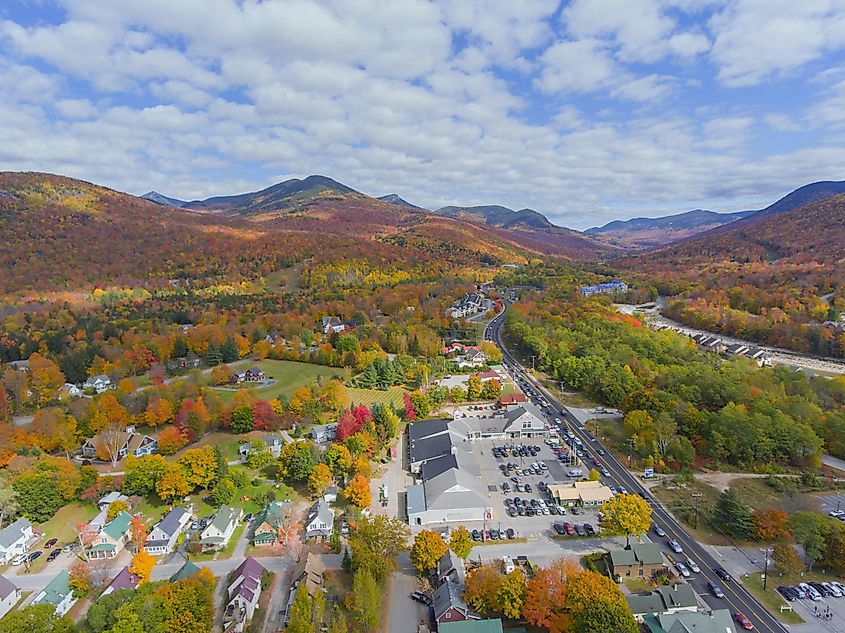
Surrounded on three sides by the White Mountain National Forest, Lincoln’s setting is among the most attractive in New England, making it an ideal location for nature lovers wanting to explore the Granite State’s wild side. If that’s you, you’ll appreciate that Lincoln serves as a trailhead to the 45,000‑acre Pemigewasset Wilderness, as popular for birdwatching as it is for hiking thanks to its 60 miles of trails. Lincoln is also located at the western end of the 34.5‑mile Kancamagus Scenic Byway, a spectacular route that climbs past old logging camps to the 2,855‑foot Kancamagus Pass before dropping toward the town of Conway.
River‑level walks from Lincoln follow the East Branch of the Pemigewasset, while the Lincoln Woods suspension bridge offers a superb vantage point for watching adventurous spring high‑water kayakers tackle the rapids. As for wildlife, moose can often be seen in roadside marshes at dawn, so pull over for a photo when it’s safe.
Littleton
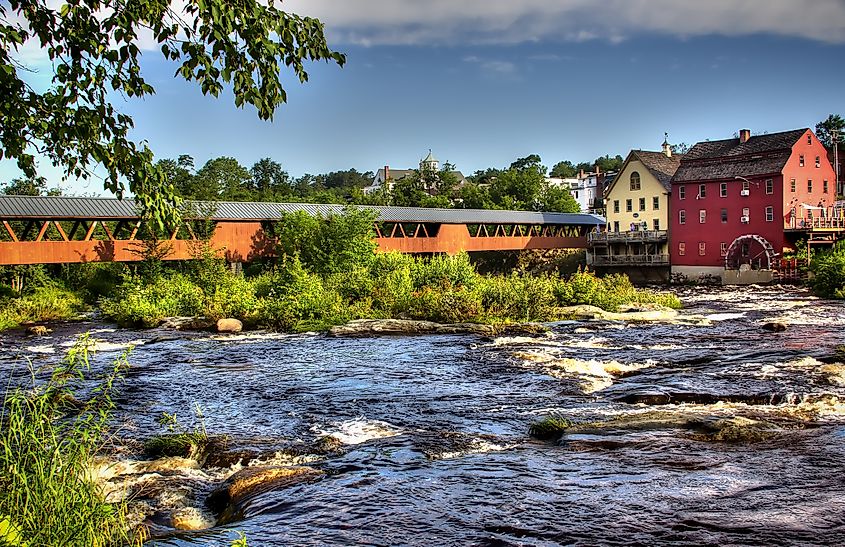
Set on the Ammonoosuc River just upstream from its confluence with the Connecticut River, Littleton is another great small town that’s popular with nature lovers and outdoor types. Scenic paths link a covered footbridge in the River District to the 19‑mile Ammonoosuc Rail Trail connecting Lincoln with neighboring Woodsville. If you’re really lucky, you may even spot a few bald eagles along the way. Just four miles downstream, Moore Reservoir offers views of Vermont’s Green Mountains and is a popular paddling route.
Other treats provided by Mother Nature include Parker Mountain, a 1,407-foot-tall peak that only takes an hour to climb and boasts spectacular views of Mount Moosilauke. For a fun experience, visit during the Gathering of the Jack O’Lanterns in October, a popular event that features haunted riverwalk tours and countless carved pumpkins.
Meredith
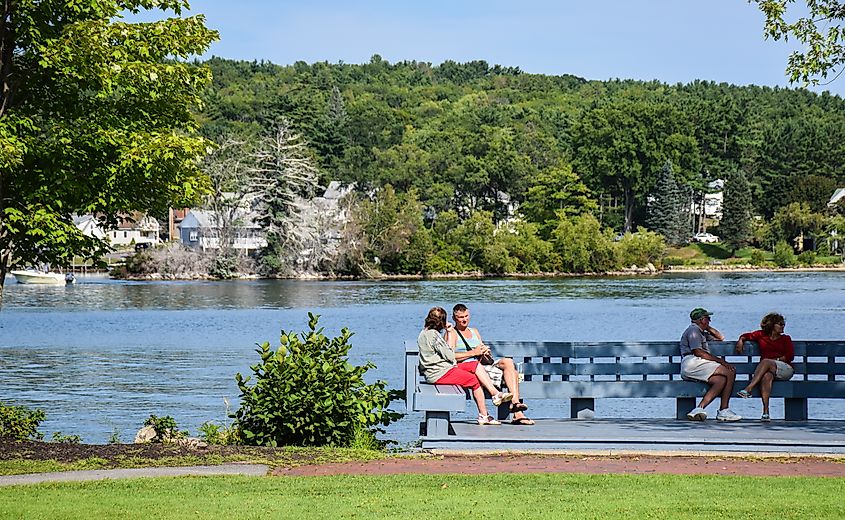
Thanks to its location between Lake Winnipesaukee and Lake Waukewan, Meredith is a must-visit for those who enjoy paddling routes that skirt undeveloped islands with a chance to view native wildlife such as bald eagles. Just two miles north of downtown Meredith, the Loon Center and Markus Wildlife Sanctuary feature displays concerning efforts to restore the common‑loon population with raft‑style nesting platforms for these and other native creatures. Scenic shoreline trails here provide perfect vantage points from which to observe spring courtship displays and midsummer chick‑rearing, too.
Winter is also a great time to visit. Meredith Bay freezes over and becomes the scene of the Great Meredith Rotary Ice Fishing Derby in February, an event that sees anglers cutting through two-foot-thick ice to fish for lake trout and salmon. Winter sports are also fun at nearby Red Hill, a good place to visit for snowshoeing adventures.
North Conway
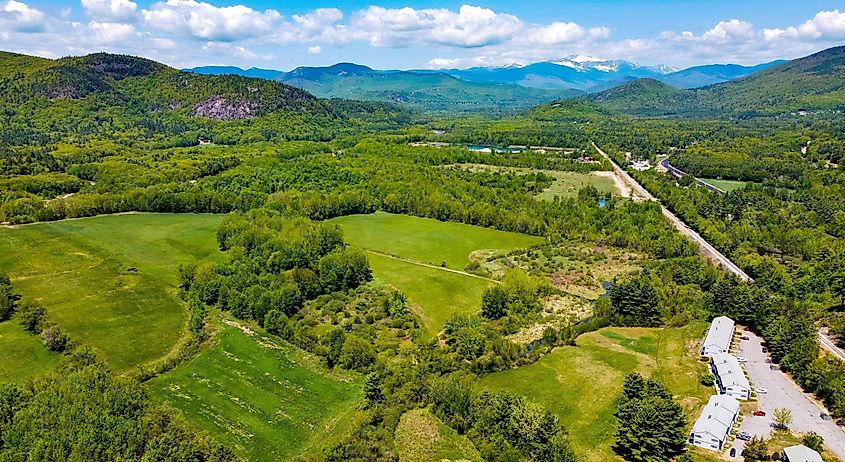
North Conway, located inside a glacial outwash plain at the base of the Presidential Range, is another awesome spot to use as a base to explore New Hampshire. Top natural attractions here include Echo Lake State Park, just over 15 acres of clear water situated beneath Cathedral and White Horse Ledges; and a scenic mile‑long stretch of road that winds its way up to Cathedral’s 700‑foot summit, providing excellent views of the Saco River Valley.
The Green Hills Preserve east of Route 16 is another must-visit. Covering 1,300 acres of pitch‑pine ridge, it’s perfect for low‑elevation, snow‑free hiking for much of the year. It’s also popular with rock climbers, here to scale the preserve’s granite cliffs, as well as wildlife enthusiasts. For the latter, expect to spot ravens and, occasionally, peregrine falcons.
Wolfeboro
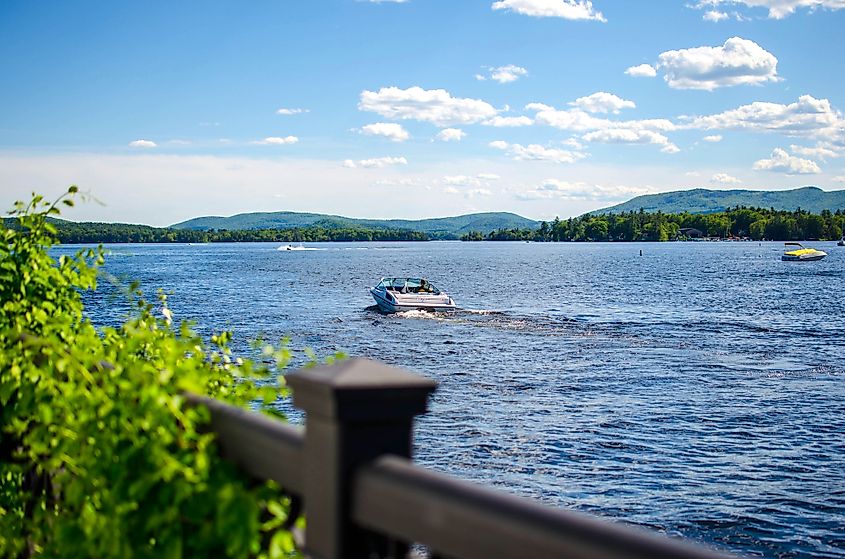
Wolfeboro is set on Lake Winnipesaukee, an attractive body of water with large, quiet bays that are ideal for kayaking and waterfowl watching. For hikers, the 12-mile-long Cotton Valley Rail Trail stretches from the town’s historic lakeside railway depot through wetlands, beaver ponds, and tracts of red‑oak woods all the way to Wakefield. The adjacent Sewall Woods Conservation Area adds 179 forested acres and five miles of trails to explore, along with wildlife including red fox and pileated woodpeckers.
The best time to visit? Late July brings the Lake Winnipesaukee Antique & Classic Boat Show to the town docks, a superb display of vintage mahogany runabouts. And for fans of winter activities, the lake does freeze over and is popular for ice fishing, Nordic skiing, snowshoeing, and snowmobiling.
The Final Word
There’s no doubt that the very best of New Hampshire’s scenic small towns provide ample opportunities for visitors to get out and enjoy nature. With easy access to public lands including vast national‑forests, protected river corridors, and a seemingly endless network of hiking and biking trails, there’s no end of outdoor activities to do in and around these seven most scenic small towns In New Hampshire.
